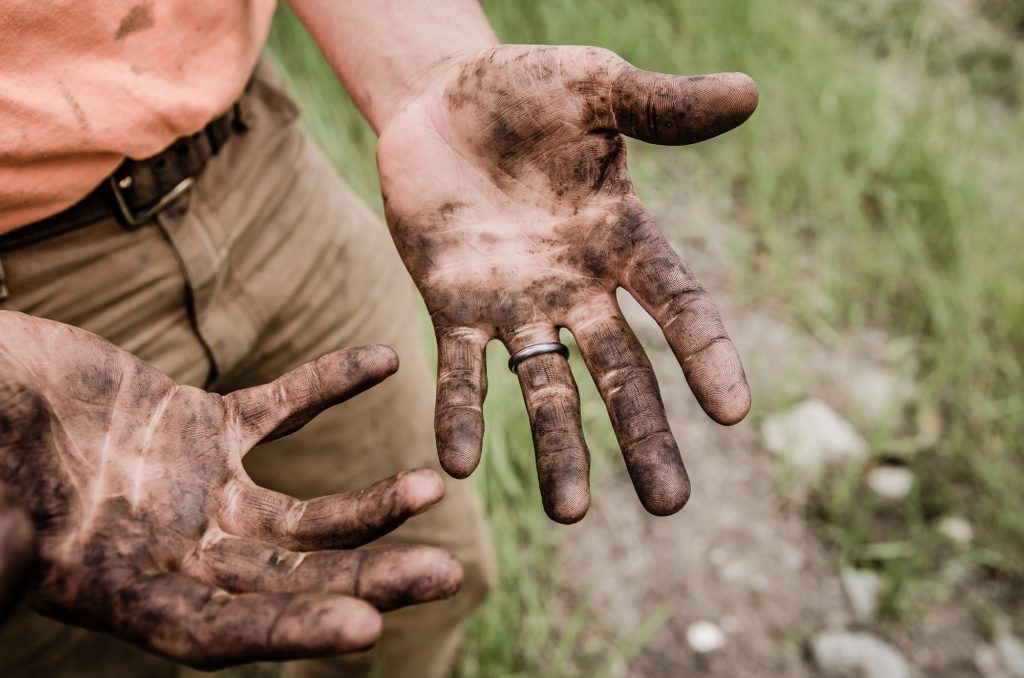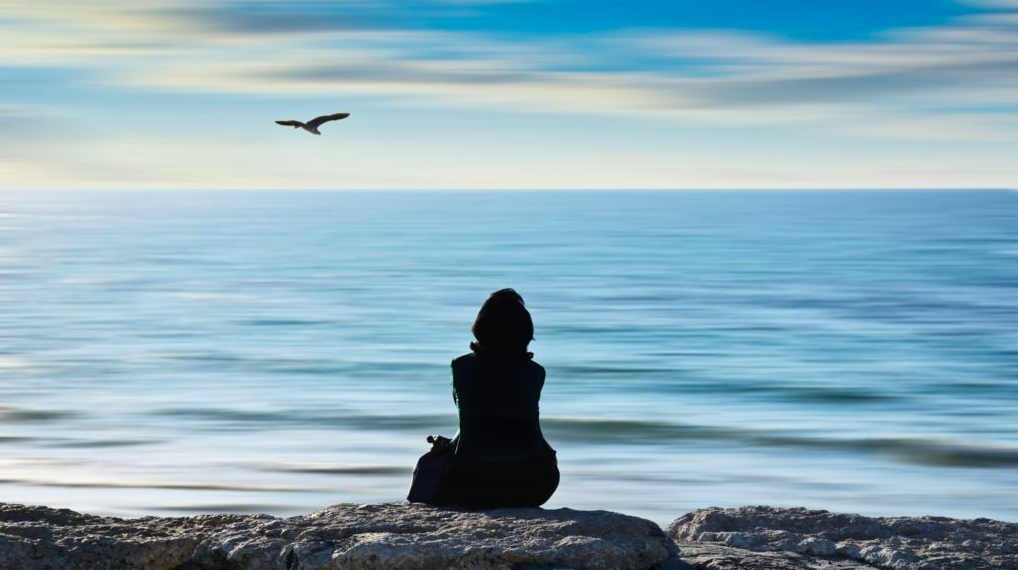Life is made up of moments.
In the warm waters off Heron Island, on the southern tip of the Great Barrier Reef, I remember the moment I first swam with a Green Sea Turtle. I dived down to find it resting on the seafloor and, as I rose, it rose with me. My head broke the sea’s surface at the same time as it did and together we filled our lungs with oxygen, my eye peering into its. In that moment I felt enraptured, uplifted, and connected. How lucky I felt to share such a moment of intimacy with another species; an individual who had perhaps been exploring the Pacific Ocean for each day I had been living my own life, and for longer. However brief our moment of coming together was, it has remained with me for the past seven years. It has shaped me and shaped my perception of the world.
Sadly, these experiences of revelation and awe in nature are going the way of many of the world’s plants and animals. It is not just species that go extinct. It is not just ecosystem processes that break down and expire. It is our own experiences of these things that also disappear. And this loss implicates not only those romantic, idealised, or iconic experiences – like diving with sea turtles off a tropical island – but extends to our day-to-day contact with nature. We see less, and we feel less.
The American naturalist, Robert Pyle, summarised this phenomenon with a term that reflects its true gravity: the extinction of experience. Our contact and connections with nature are dropping dead.

We don’t have to look far to see why. Amid the current trend in biodiversity loss, we are less and less able to find opportunities to connect with nature, not only because we are killing it off, but because we increasingly live away from that which remains. More and more of the developed and developing world’s populations are living in urbanised areas, where plants and wildlife tend to be a novelty, not the norm. On top of this, we live increasingly sedentary lifestyles that revolve around using technology indoors, and the lives of our children are more and more scheduled and micromanaged, with free and unstructured play an unwelcome and unproductive use of time (unless, of course, that means distracting the kids with the indoor playground at the shopping centre). Most of us are fundamentally removed from the process of cultivating the food that we eat and would struggle to remember the last time we spent an entire day in nature doing nothing but simply being there.
Pyle, and others after him, have warned of the consequences of this disconnection, and its role in creating a ‘cycle of disaffection that can have disastrous consequences’. We don’t experience nature and so we cannot form a meaningful relationship with it. Without that connection we don’t preserve nature when it is threatened, and so we allow plants, animals and the ecosystems they are a part of to fade into history – or, rather, be pushed into oblivion. With less wild things left in the world there is even less opportunity for connection. The cycle repeats itself.
This is a generational amnesia. As the baseline shifts and the new norm is a world devoid of nature, what do we teach our children? To value things we do not? To treasure relationships that we have gone without? If our experiences have gone extinct, what chance is there that our children will spontaneously resurrect them?
A suite of research now points to the importance of personal connections with nature in motivating pro-environmental behaviour. Much of it is about how we identify with nature – a concept sometimes referred to as ‘ecological self’, or ‘environmental identity’. Is nature a part of us? Are we a part of it? Or is it a stranger to us; alien and unfamiliar? These are questions worth asking of ourselves and of others, because the answers have big implications for the way we live our lives and how willing we are to do the right thing for the environment. Evidence suggests that the more connected a person is to the natural world, the more they prioritise conservation and the more they are willing to inconvenience themselves for environmental benefits.

Of course, there are many other factors that influence our behaviour, but strengthening our fundamental motivations for caring about the environment – growing our personal relationships with nature – is essential if we want to live in a society where the natural world is truly known and, subsequently, truly valued. So, put some quality time in with nature. Spend time outdoors in green space. Sit on the beach and watch the tides come and go or learn something new about the environment in your neighbourhood. Seek moments of awe, of calmness, or of intimacy in wild places. And help others do the same.
Because, if we want to rescue our wildlife from the brink of extinction, we must also rescue our experiences.


Leave a Reply